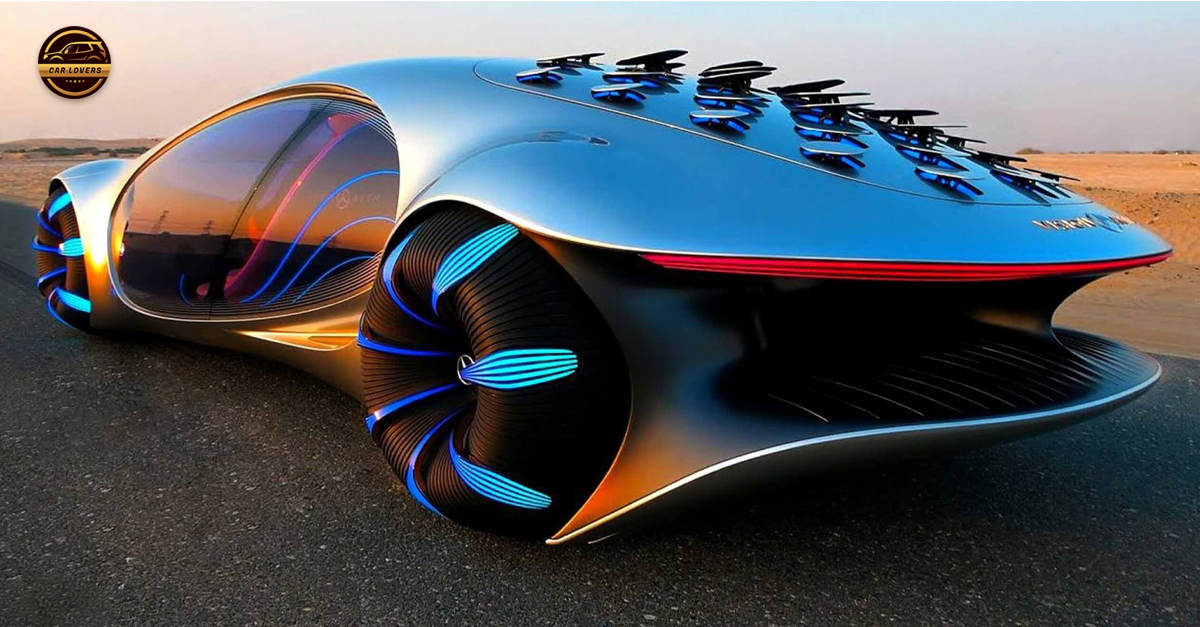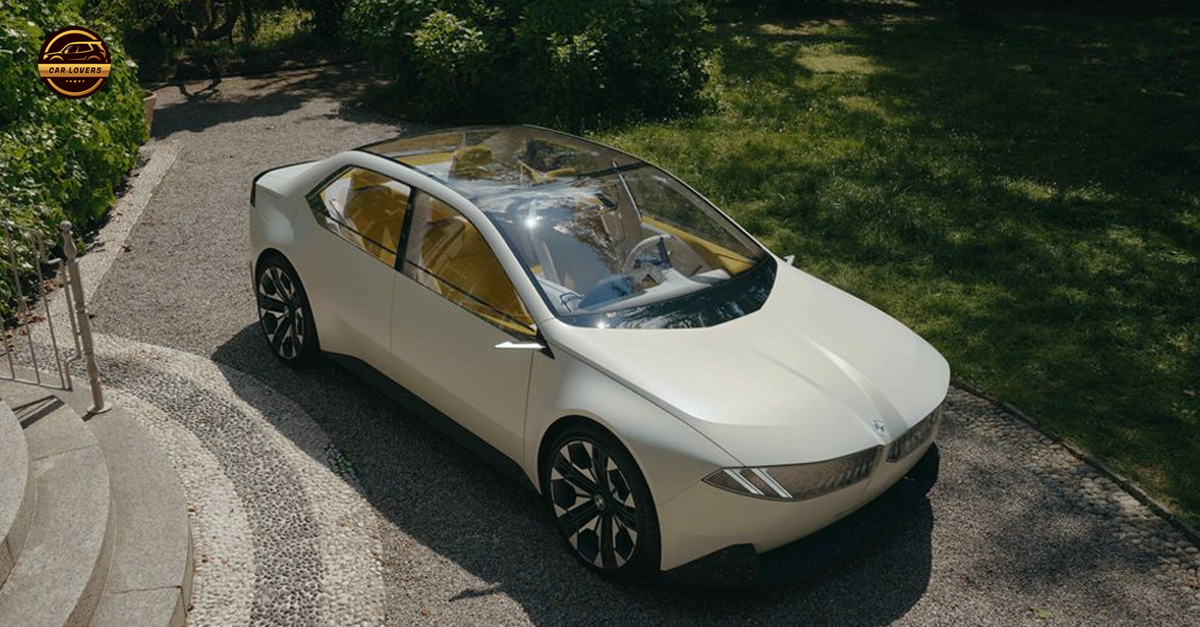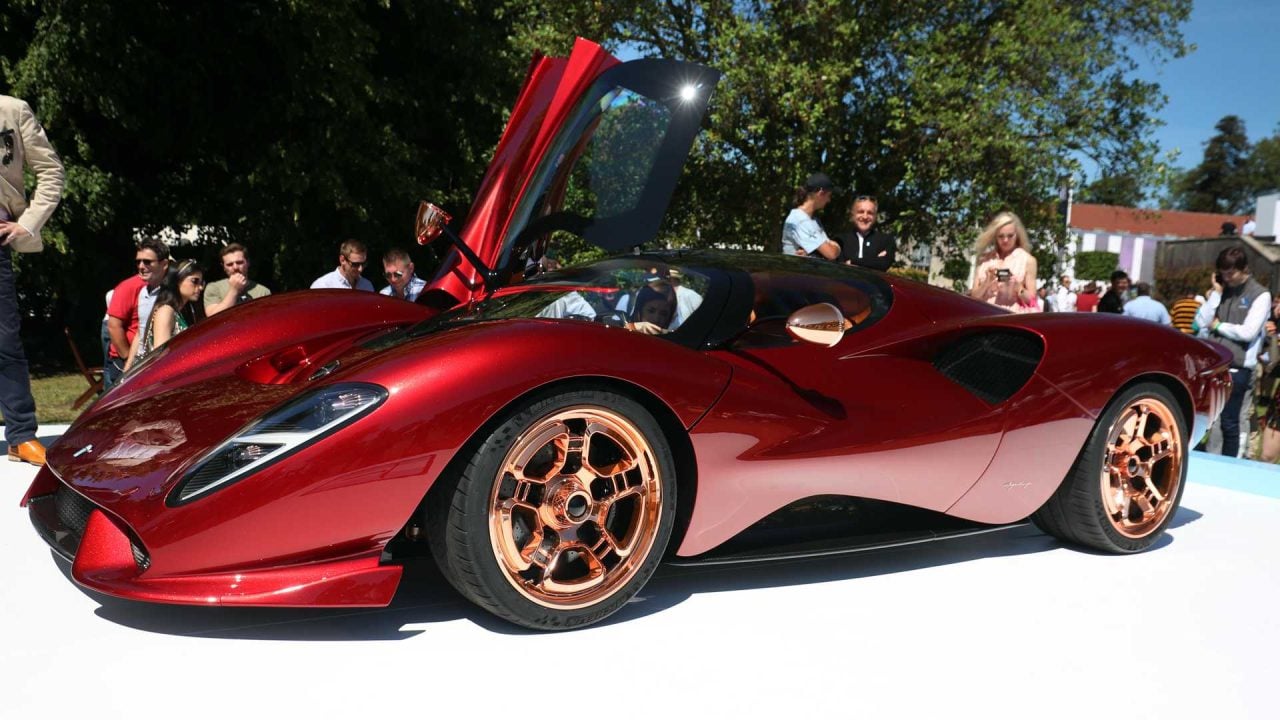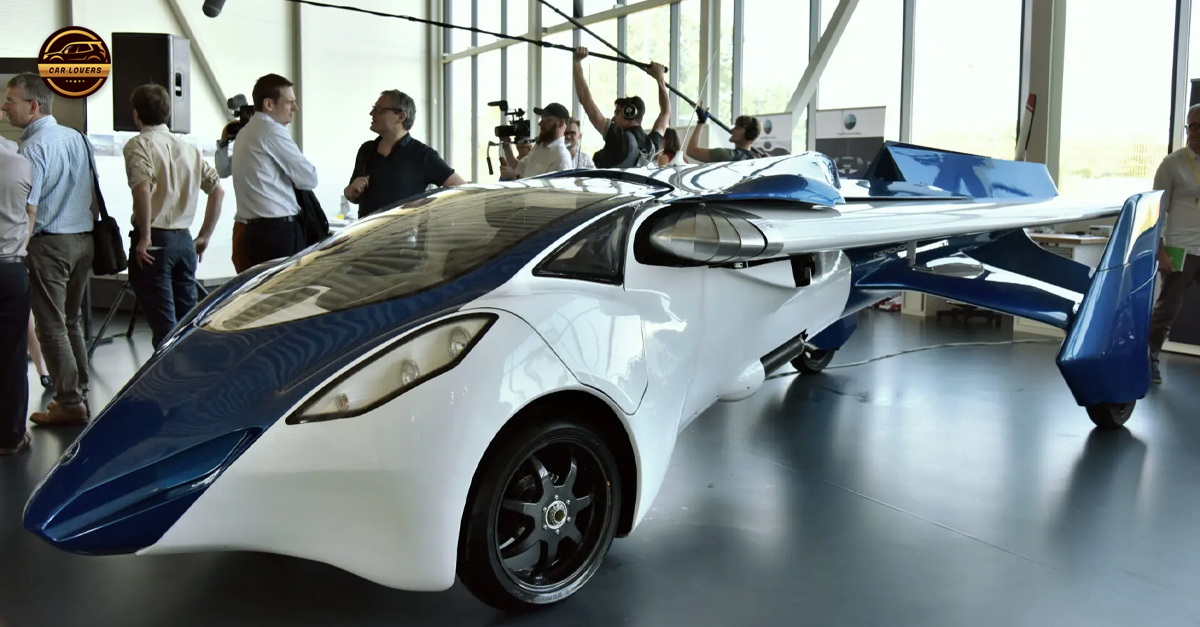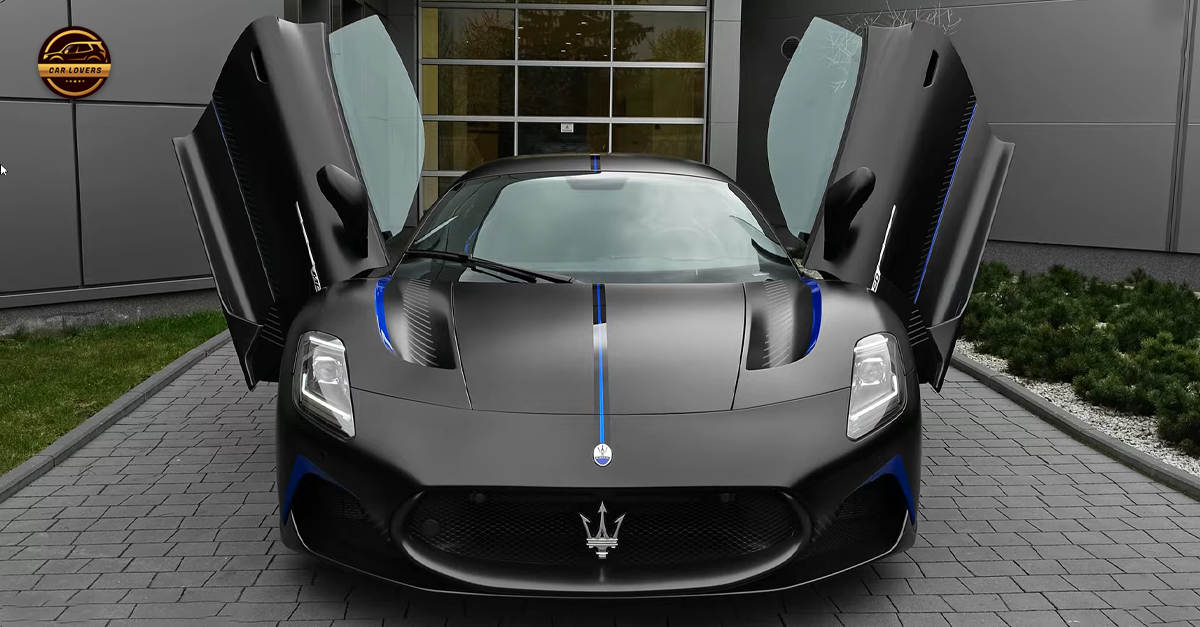Our car experts choose every product we feature. We may earn money from the links on this page.

The 2023 M2 is BMW’s best new car. It’s quick, balanced, communicative, and a wonderful daily driver—all the things you’d expect from a small car wearing the M badge.

But there’s another big expectation for a car wearing that badge: It needs to hold its own on track. Closed courses are where M was born–M stands for Motorsport, after all–so what’s the point of an M car if it can’t handle serious track time?

We found out if the M2 can handle track time at Florida’s Homestead-Miami Speedway. The banked oval is known for its NASCAR events, but there’s an alternate 2.21-mile road course configuration that uses the infield and pieces of the oval. With 13 mixed high- and low-speed turns and four straightaways, it’s the perfect place to suss out if the M2 is a track day hero or a dud with an iconic badge.

Even before setting out from pitlane, the 2023 M2 earns points. Our tester was optioned with the admittedly steep $9900 carbon pack, which means it came equipped with a set of excellent carbon bucket seats that would make any track rat with an E36 swoon. The height and rake is adjustable, as are movable bolsters. They’re even heated. Best of all, they drop you super-low, so it feels like you’re sitting inside the cockpit rather than on top of the car. Shifter, steering wheel, and pedal position are spot-on. Visibility is quite good, too.

What’s not so good are the gauges. In place of the lovely analog set found in the last M2 is a gigantic curved display consisting of two screens: one for the gauge cluster area, and another for the infotainment system. The 12.3-inch screen in front of the steering wheel provides big readouts for speed and revs, but they’re awkward and unnecessarily hard to read. Pop the car into sport mode and you’re presented with a slightly more legible setup made up of a singular red bar for rpm and a big, centralized speed readout. There are also shift lights that flash yellow then red when it’s time for the next gear. Nifty, but not better than a set of old-fashioned needles and dials.

The twin-turbo 3.0-liter S58 straight-six is in its least capable state of tune here in the M2. While a factory rating of 453 hp and 406 lb-ft of torque sounds like a lot, elsewhere in the BMW lineup, this engine can make nearly 100 more horses with nothing more than added boost. But numbers on a spec sheet can be misleading.
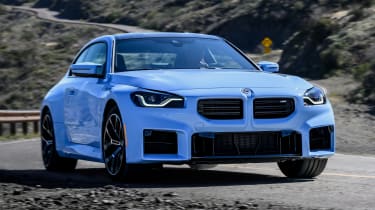
This is the most characterful version of the S58. It delivers notably less grunt than it does in the M3 and M4, and while BMW claims peak torque comes in at 2650 rpm, there’s a real gap in pick-up until about 4000 revs. What might sound like a knock against the M2 is actually a positive; the engine’s lack of low-end torque means sticking it in third and letting the plateau of torque take you around the track is no longer an option. This motor asks you to work for the power, forcing you to grab second gear at places like turn 3 or the hairpin at turn 8 to keep the boost up.

The lack of immediate torque on demand means the M2 may be slower than its bigger siblings, but it’s definitely more enjoyable. That’s partly thanks to the engine. The six-speed’s gearing is identical to the ‘box found in the M3 and M4, and while the ratios feel a bit too short in the bigger cars, they’re matched well here thanks to the lesser tune.

It’s not just the powertrain that’s an improvement on track over the M3/M4. Thanks to M2-specific reinforcements in the C-pillar and trunk areas, the chassis feels stiffer versus the previous M2. A wider 63.2-inch rear track width that matches the M4 means the rear wheels finally have the rubber to handle the power. This car is easy to drive fast, so beginners and veterans will find joy in approaching the limit on track. There’s plenty of adjustability on corner entry and far more grip than you think on corner exit. A lot of that comes down to the standard active differential, which takes things like drive torque, wheel speed, vehicle speed, lateral acceleration, steering angle, and yaw rate to deliver an optimal amount of lock at any given time. And it does so seamlessly.

There’s a nice balance through the high speed stuff, too. Like the drivetrain, most of the suspension geometry is taken directly from the M4. But the springs have been made stiffer at the front and softer at the back to improve turn-in and maintain a neutral setup. Road-focused Michelin Pilot Sport 4S tires and a slower steering rack means turn-in and overall grip will never be as sharp as it is in something like an M4 CSL. But the steering’s accuracy, combined with the sure-footed rear end, results in immediate confidence and comfort pushing it hard.

Even more impressive are the brakes. BMW doesn’t offer a carbon-ceramic brake package for the M2 like it does for the bigger M cars, and after three days of continuous lapping during a hot Miami weekend, the reason is clear: The standard brakes are just that good. Even after several sessions fade and pedal travel was minimal, with no loss in initial bite or stopping power. Pretty good considering the M2’s substantial manufacturer-quoted 3814-pound curb weight.

Drivers who know their stuff will appreciate BMW’s race-inspired traction control. Flip DSC off, and the infotainment system presents you with a menu to choose between 10 different levels of traction control intervention, with 10 being the most aggressive and 0 deactivating traction control completely. With the system on the screen it just takes one click of the rotary dial to adjust the traction level, no need to hit another button for confirmation. That makes it simple to dial the traction intervention up or down on the fly between apexes. By the end of each session you’ll find yourself dialing up different traction levels for each turn, experimenting with how much grip you can squeeze out of every exit.

There are modes for things like steering and braking, too, though it’s less likely you’ll be fiddling with them on track. It’s best to leave the steering in comfort, as there’s no extra feel or change in performance when switching to the heavier sport mode. Braking feels unchanged whether it’s set to comfort or sport, so it’s dealer’s choice there. The standard adaptive suspension allows for a bit of adjustability, though the softest setting is best for most scenarios, especially if you’re the type who loves to use a lot of curbing.

With a starting price of $63,195 including destination, the 2023 BMW M2 is not only the best-driving M car, but also the cheapest. As a track-ready street car, its main competitor is the Porsche 718 Cayman, which starts at nearly $70,000. The mid-engine coupe has better handling characteristics, but the 300-hp 2.0-liter turbo-four is lethargic by comparison. Go for the M2’s $9900 carbon pack, and things get more interesting, as you’re within $10,000 of a Cayman S. While that car is likely quicker and more fun around a race track, it can’t hold a candle to the M2’s cabin space. You can fit four adults in a 2-Series, a huge selling point if it’s your only car.

More than usability, choosing between an M2 or a Cayman will come down to personal preference, as the cars deliver totally different experiences. The BMW has a lovely, pliable chassis that begs you to lean on it. The drive lacks that edginess you find in more expensive M models, substituting in a creamy limit that’s easy to dip in and out of without ever feeling like you’re losing control. At the same time, the M2’s unique engine tuning takes away some of the low-speed torque, so you actually have to work for your speed instead of having it just handed to you. The M2 is far too heavy to be a perfect track machine, but its mix of everyday practicality and excellent setup means it can deliver more smiles than its siblings. Exactly what we’d expect from the smallest M car.
Brian Silvestro Road & Track staff writer with a taste for high-mileage, rusted-out projects and amateur endurance racing.

